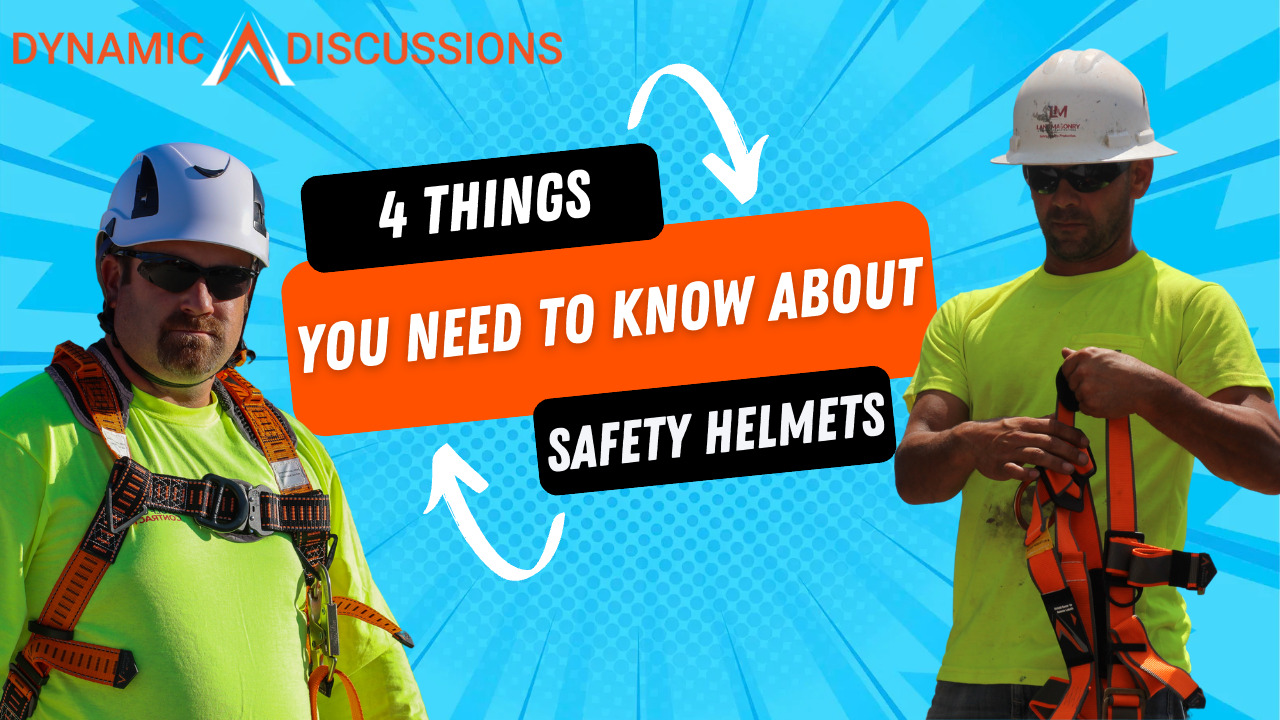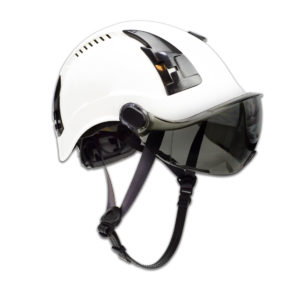4 Things You Need to Consider About Safety Helmets
Construction sites are notorious for being dangerous places to work. One of the most common types of accidents on construction sites involves head injuries and that is why it is essential to wear protective gear that can prevent or minimize the severity of head injuries. In the past, construction workers have relied on hard hats to protect their heads, but more and more experts are advocating for the switch to safety helmets instead.
If your company is considering switching to a safety helmet, here are 4 things to consider:
1. KNOW THE DIFFERENCES BETWEEN HELMETS AND HARD HATS.
For protection rating, the first thing you should consider is the type and class of head protection and the testing associated with it. What we know as traditional hard hats, are most of the time rated ANSI Z89.1 Type 1 head protection devices; helmets although not always, are usually ANSI Z89.1 Type 2 head protection devices. The classification for Type 2 includes impact testing for the top, sides, front, and back, along with additional testing for a chin strap. Type 1 is tested only for top impact. This doesn’t mean that all hard hats only protect from falling objects, or that all helmets protect on side, front and rear impact as well, and this is why the first thing to look for is the ANSI Z89.1 type and class for your work. The rating is the easiest way to tell if the head protection device you’re looking at is right for your company.
There are obvious visible and ergonomic differences as well as material differences. The Malta Dynamics hard hats are manufactured with polyethylene, where our Type 2 helmets are made from ABS plastic. Both are excellent at providing protection; however, ABS is a lighter-weight material, which helps with the additional interior components that Type 2 helmets utilize to give additional protection. The visual differences may be stylistic, but also functional, when talking about sun shading, air ventilation, attachment points, and profile.

2. KNOW THE ADVANTAGES OVER A TRADITIONAL HARD HAT.
The testing and manufacturing designation of ANSI Z89.1 Type 2 is guaranteed to have more protection from impact, and the chin straps hold the device onto your head in the case of a 2nd impact event. Although there are hard hats with this designation, there are more available options for these testing parameters with helmets. Hard hats also seem heavier and have a bigger profile to meet the internal structure needed to provide the type 2 protection.
With helmets gaining in popularity, manufacturers are introducing the most functional and latest tech accessories for Type 2 helmets. Whether the accessory be earmuffs, integrated eye protection, face shields, or keepers for head lamps; the accessories and modularity are far superior in helmets.

3. KNOW THE DISADVANTAGES TO SAFETY HELMETS.
The most obvious disadvantage would be price. Safety helmets cost multiple times more per item than a hard hat in most cases. Malta Dynamics’ helmet is around 5 times the cost of our hard hats, so the newest technology and safety factors comes with an increased price point. Depending on your work crew size, this could be minimal, or it could have you adjusting budget or bids to accommodate. Another is the electrical rating; Malta Dynamics’ standard cap style or full brim hard hats achieve the Cass E electrical rating as they are, however with ventilation and accessory ports, our standard Type 2 helmets do not achieve this, so you will want to pay close attention to ensure your helmet meets the Class E rating if your work requires it.
The last is protection from the sun. Most helmets are not designed with a built-in sunshade, like a full brim hard hat has. So, if sun protection is a priority for you and your work, it may be challenging, or you may have to purchase additional items to achieve sun protection that a full brim hard hat provides standard.

4. KNOW YOUR COMPANY OR GENERAL CONTRACTOR’S GUIDANCE ON HEAD PROTECTION.
All items mentioned in this post may be null if your company or GC have requirements for wearing ANSI Z89.1 Type 2 helmets for head protection. We have seen many large contractors make the switch from suggesting to requiring workers on site to wear these. It is important to know and understand what your company or GC requires, as it prevents you from violating policies. There have been plenty of examples of folks believing all helmets are the same, and purchasing many Type 1 helmets, only to be informed that they bought the wrong item after purchase.

In conclusion, it’s clear that ANSI Z89.1 Type 2 helmets offer additional safety factors in real-world hazard scenarios, but as with most safety products, you should consider the limitations of the gear with your needs and expectations, consult with other safety professionals, and make decisions based on the best thing to get you or your crew home safe every day.
Click here to try out Malta Dynamics’ helmets today!
Have a fall protection question?
Submit your question, and you could be featured on Dynamic Discussions!



